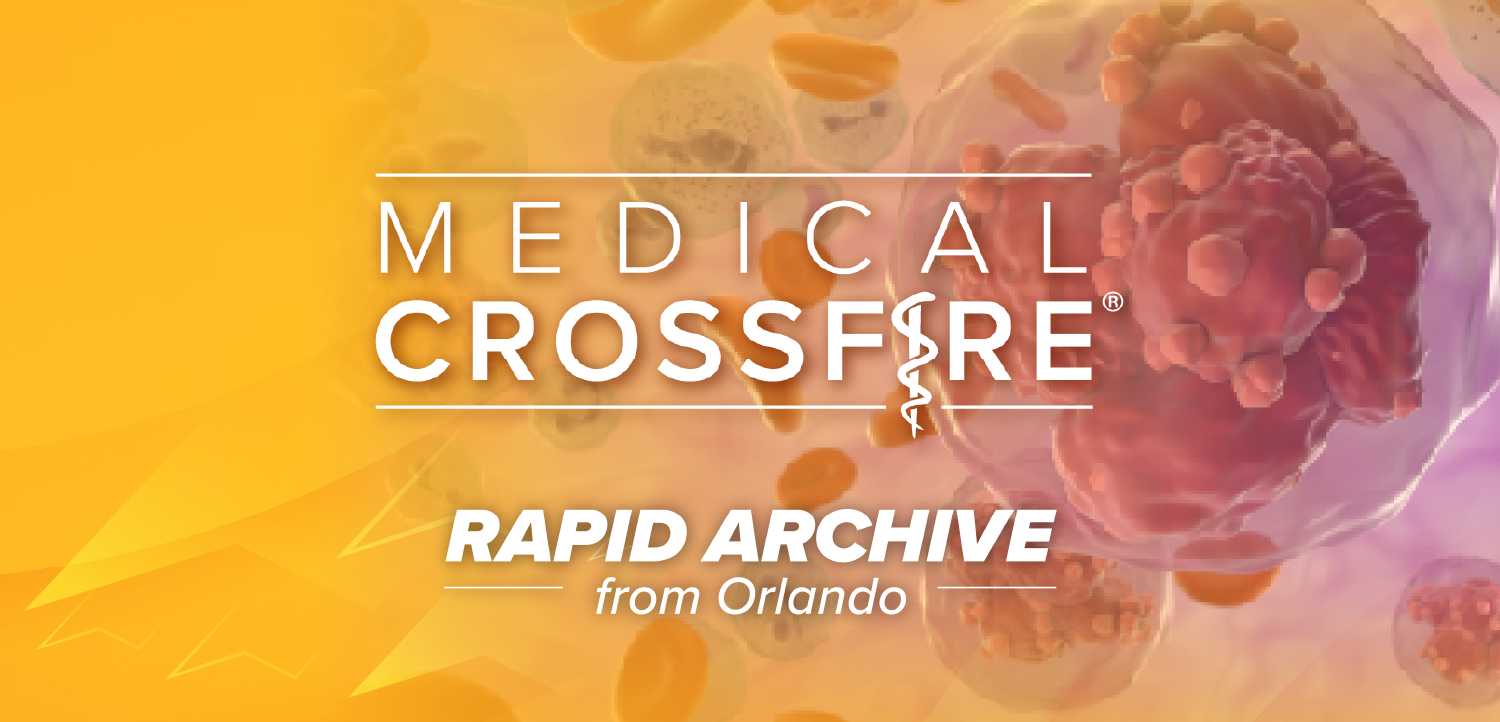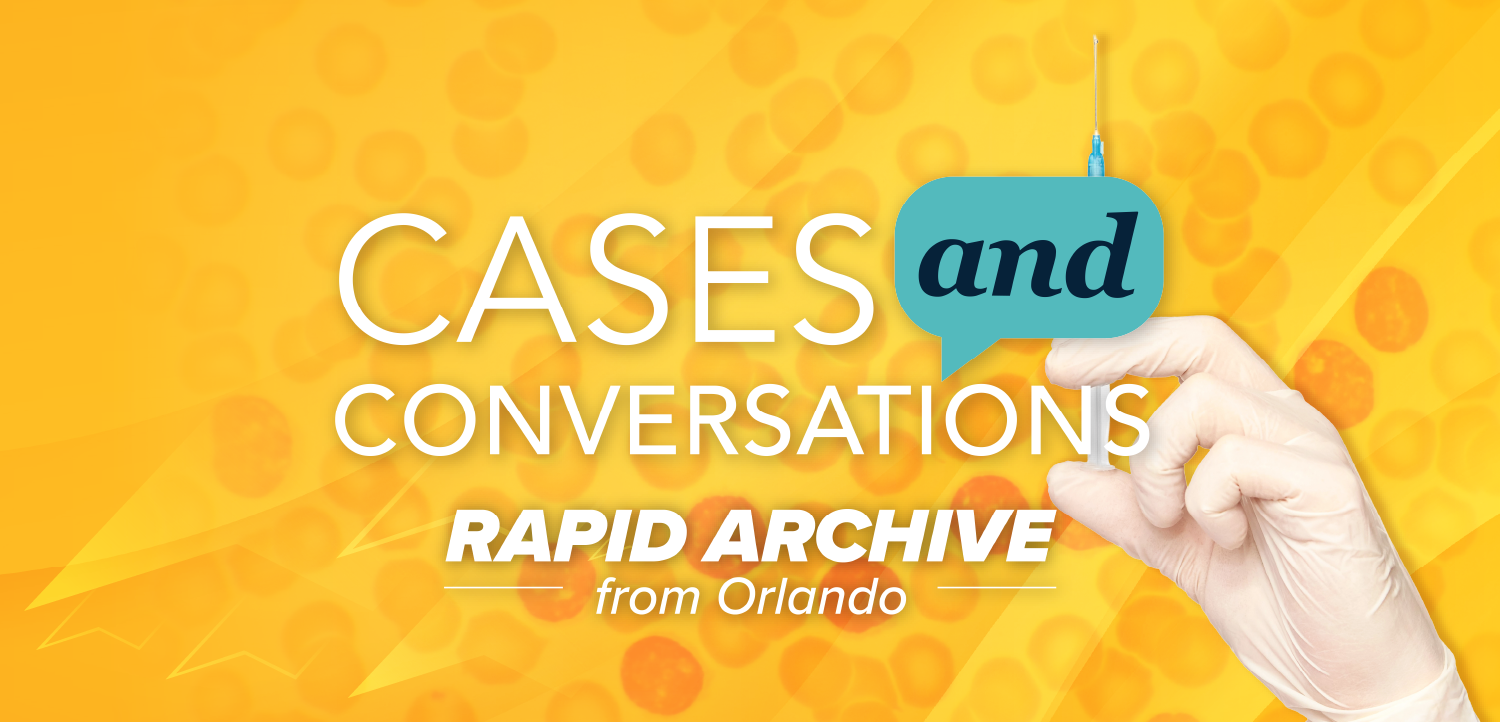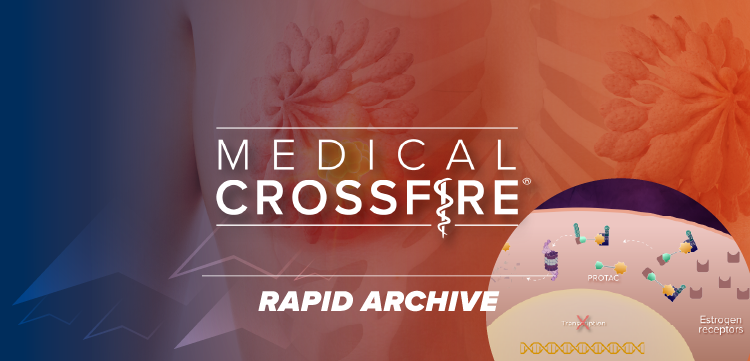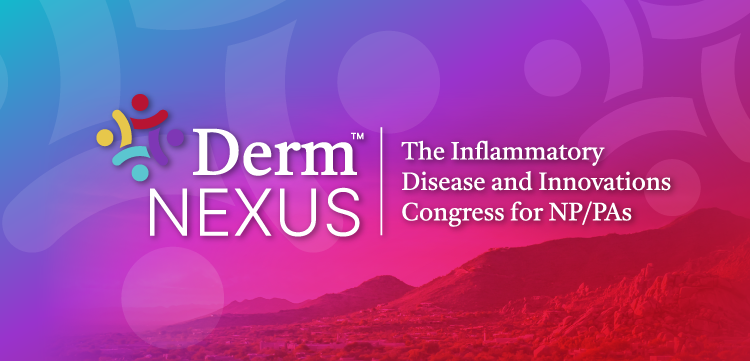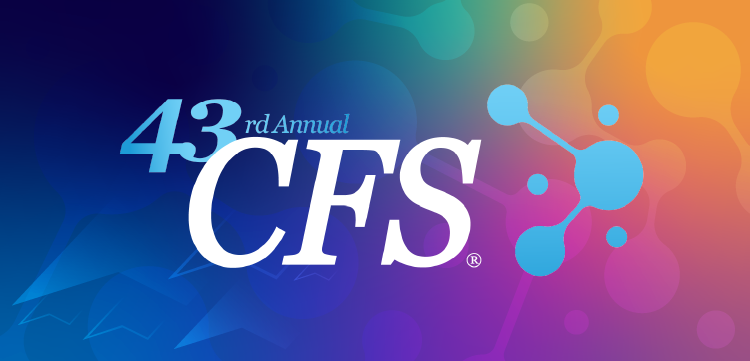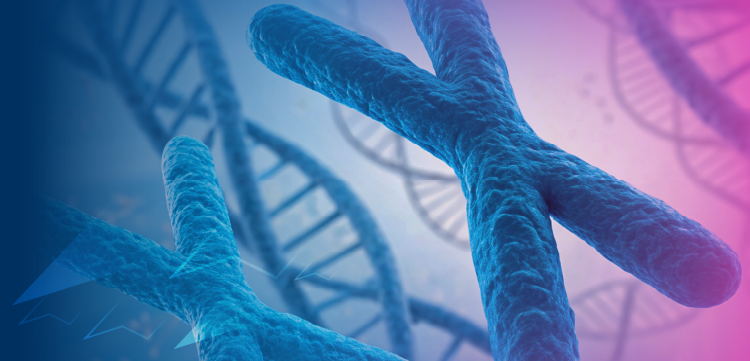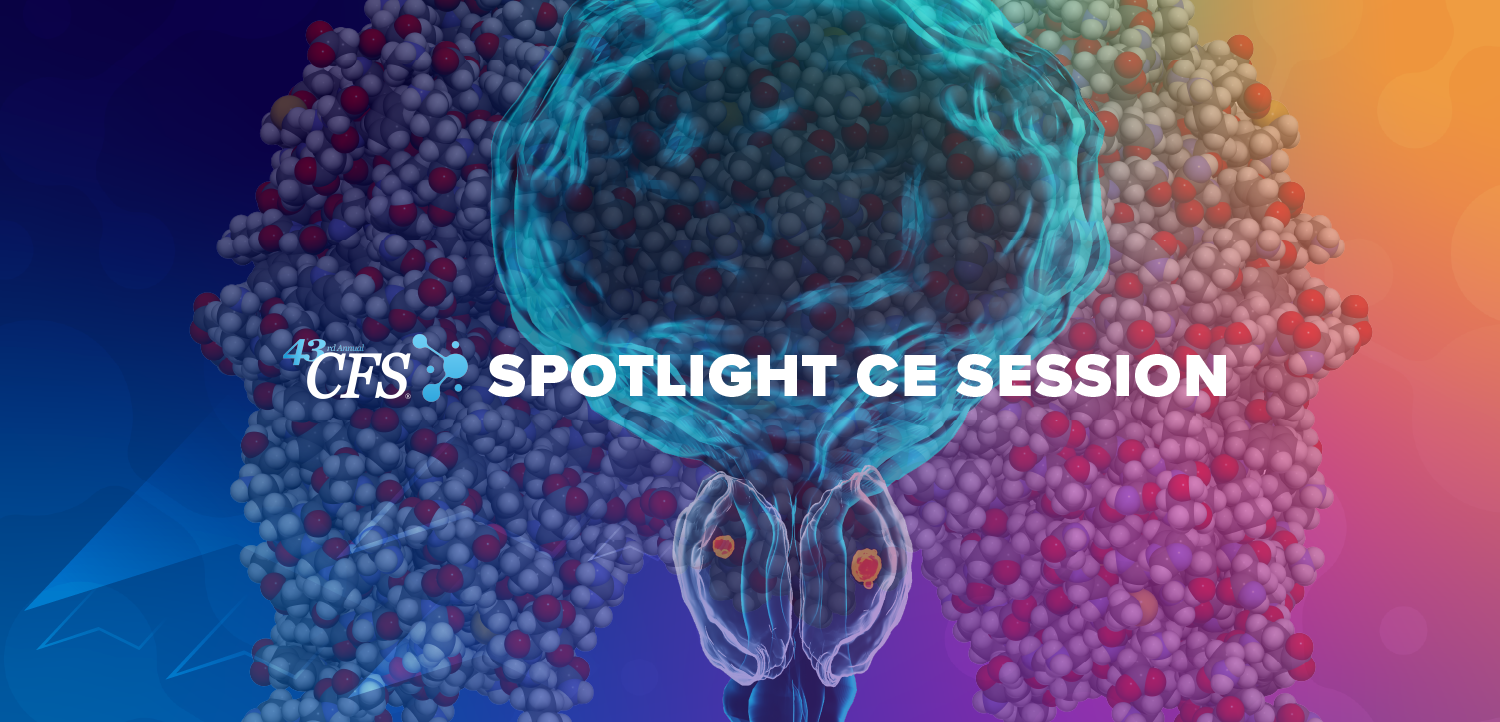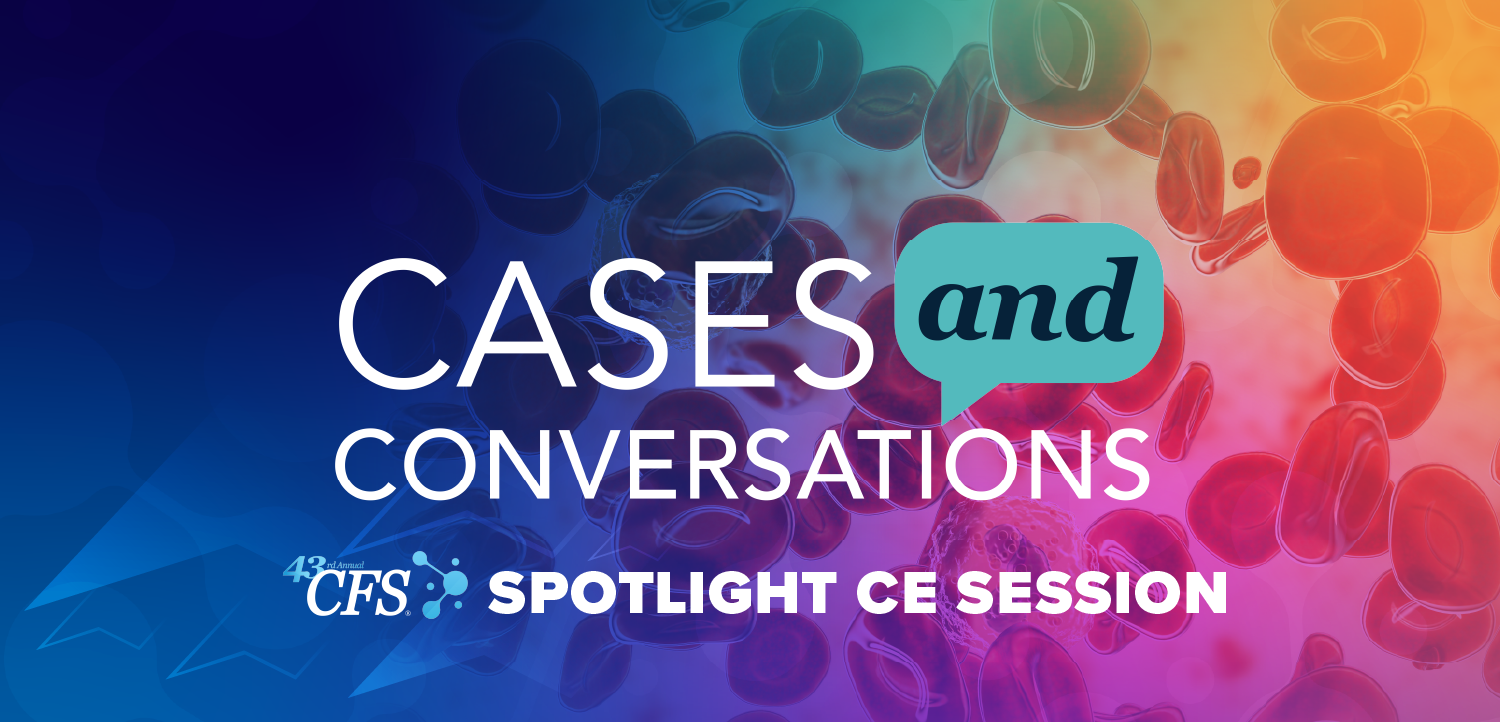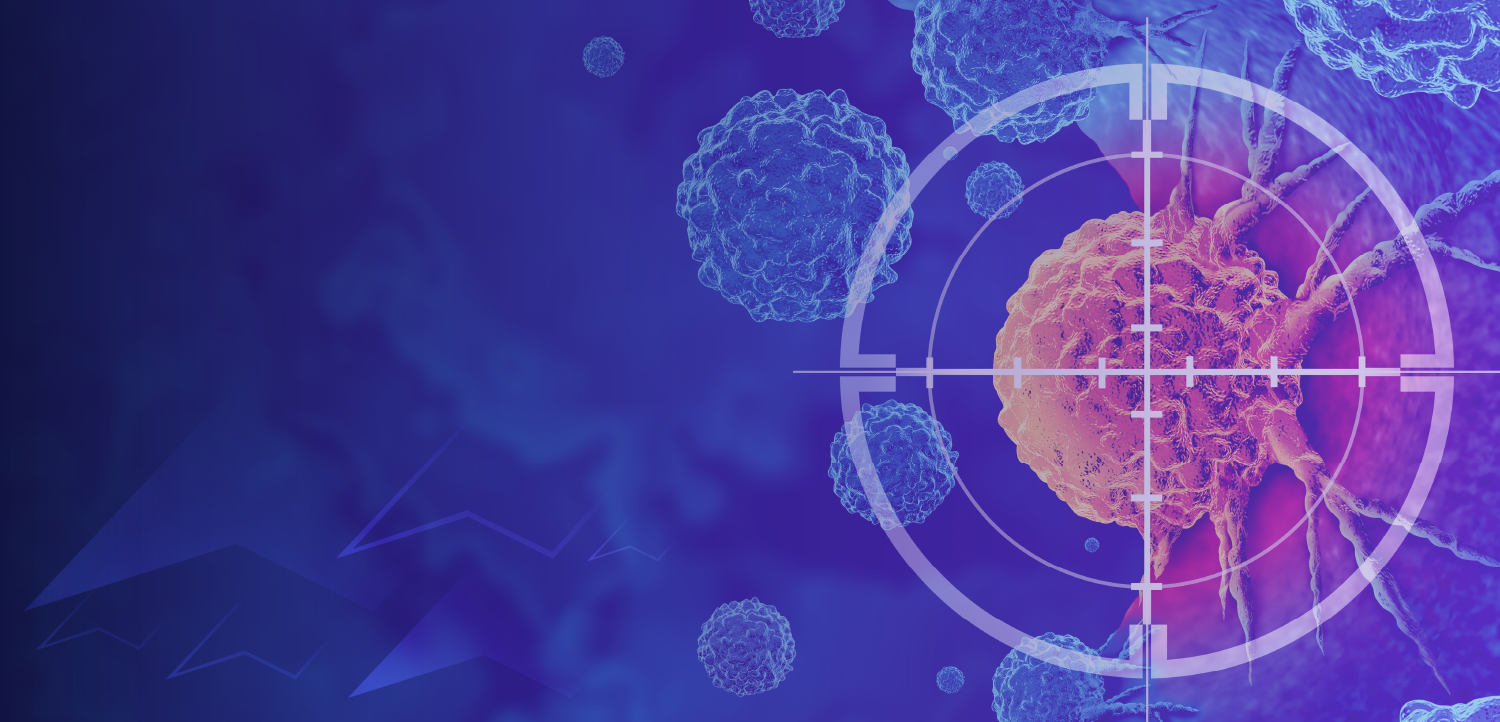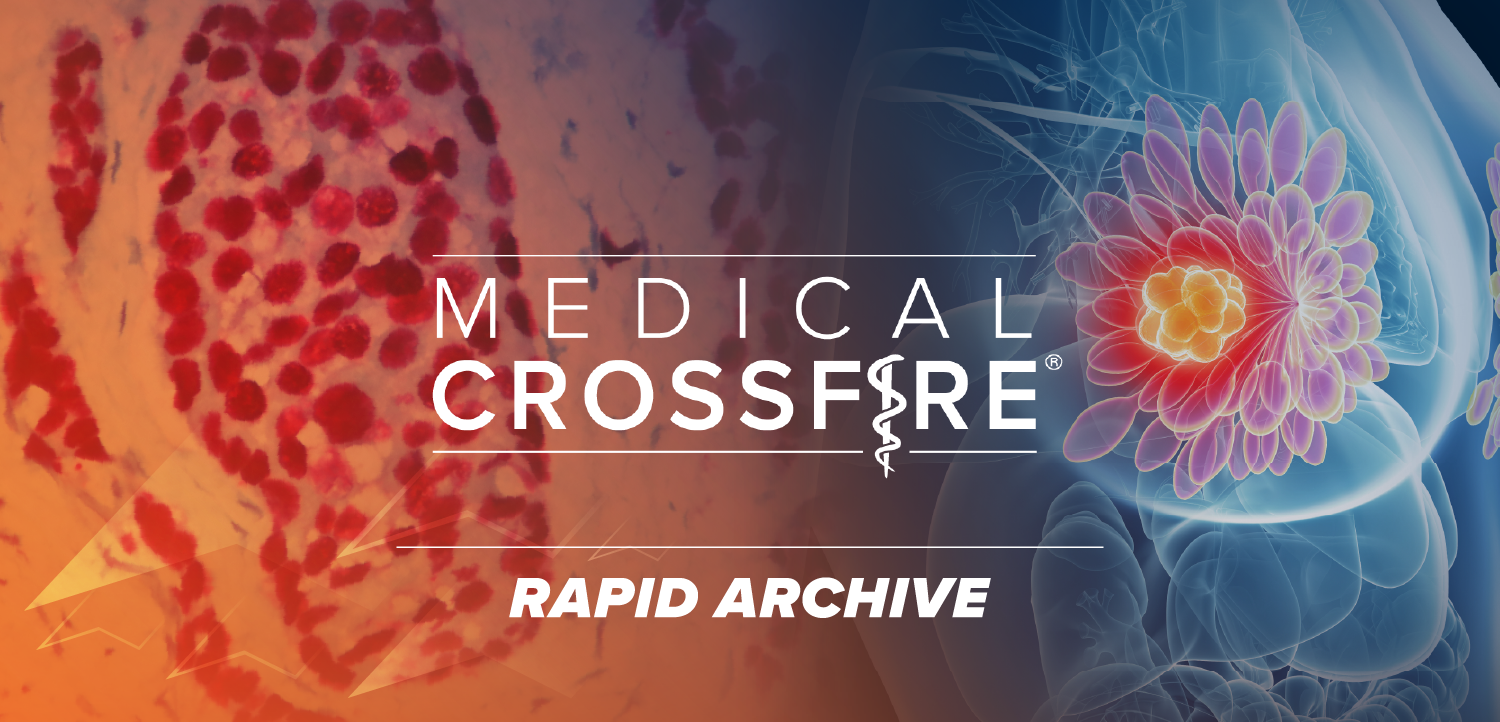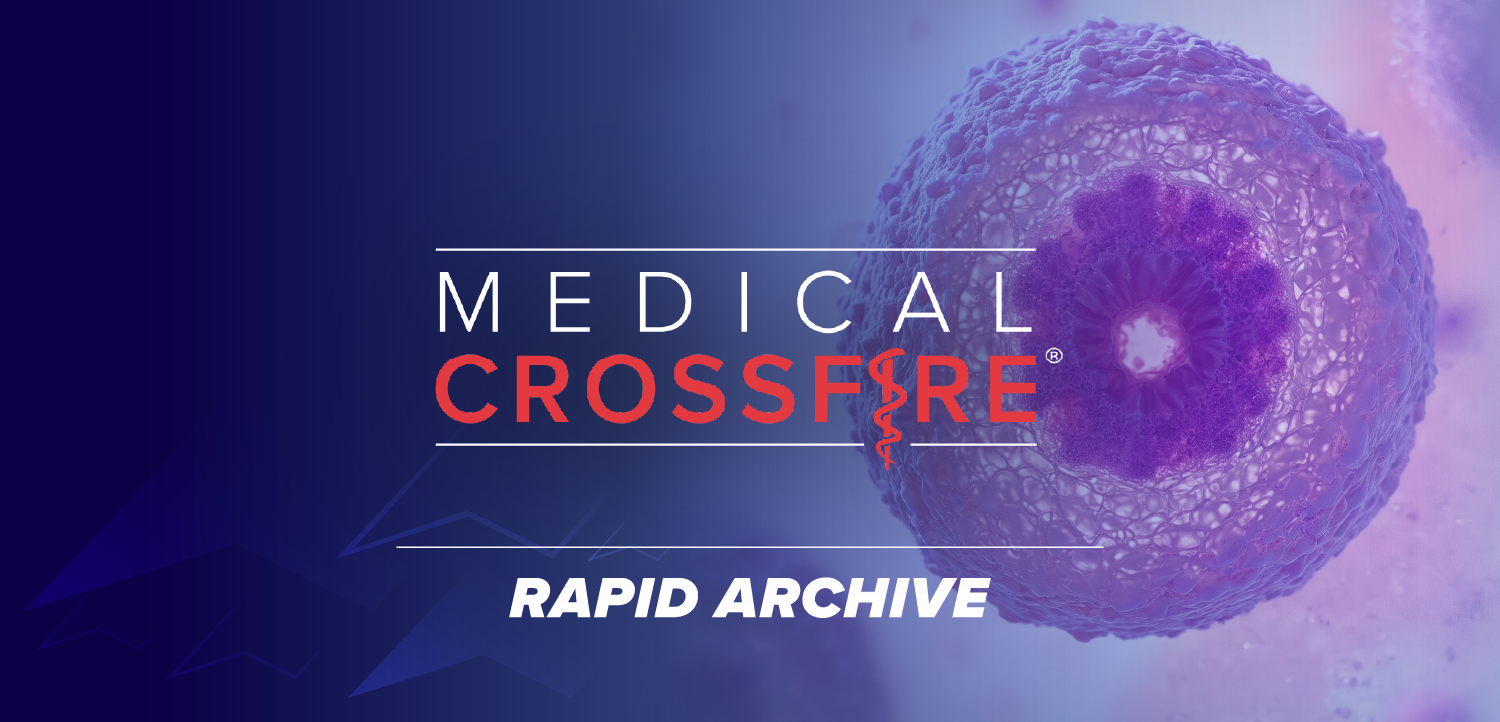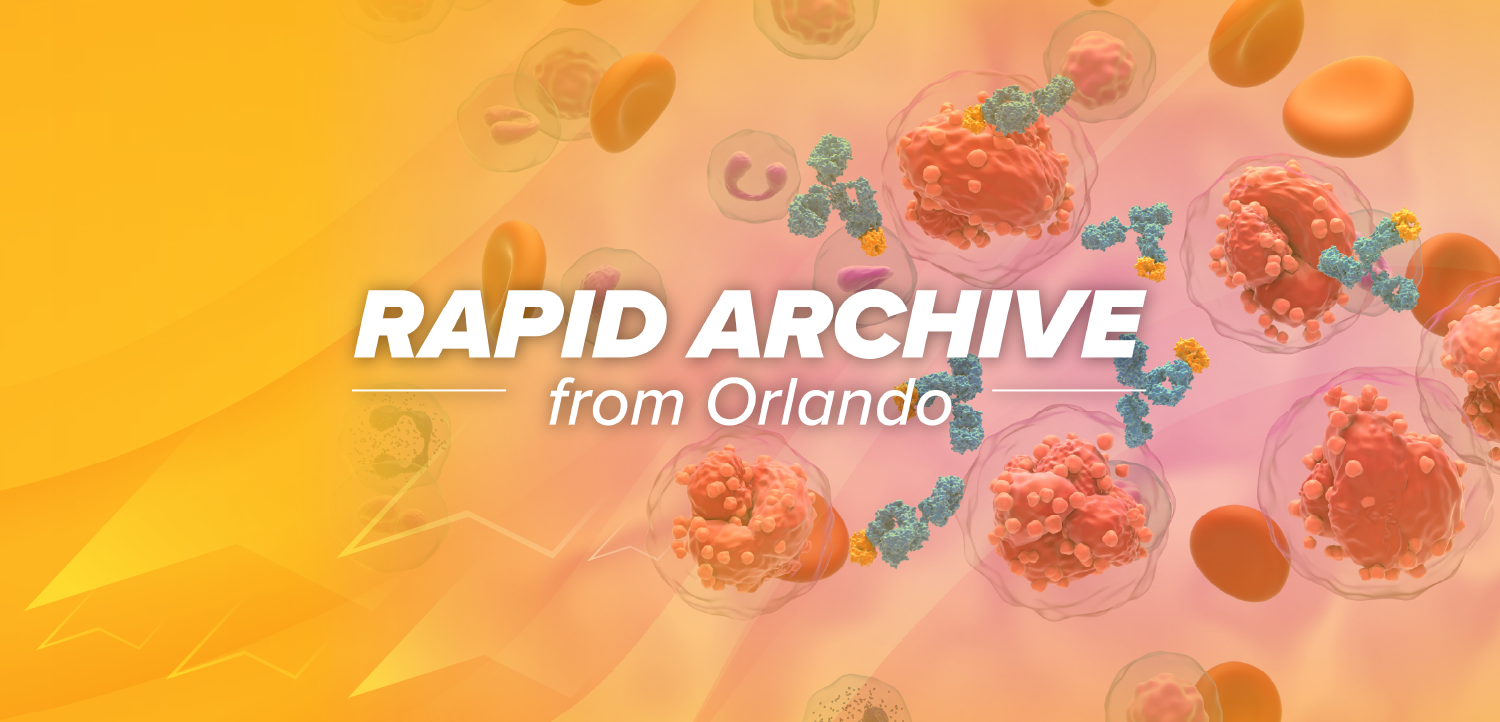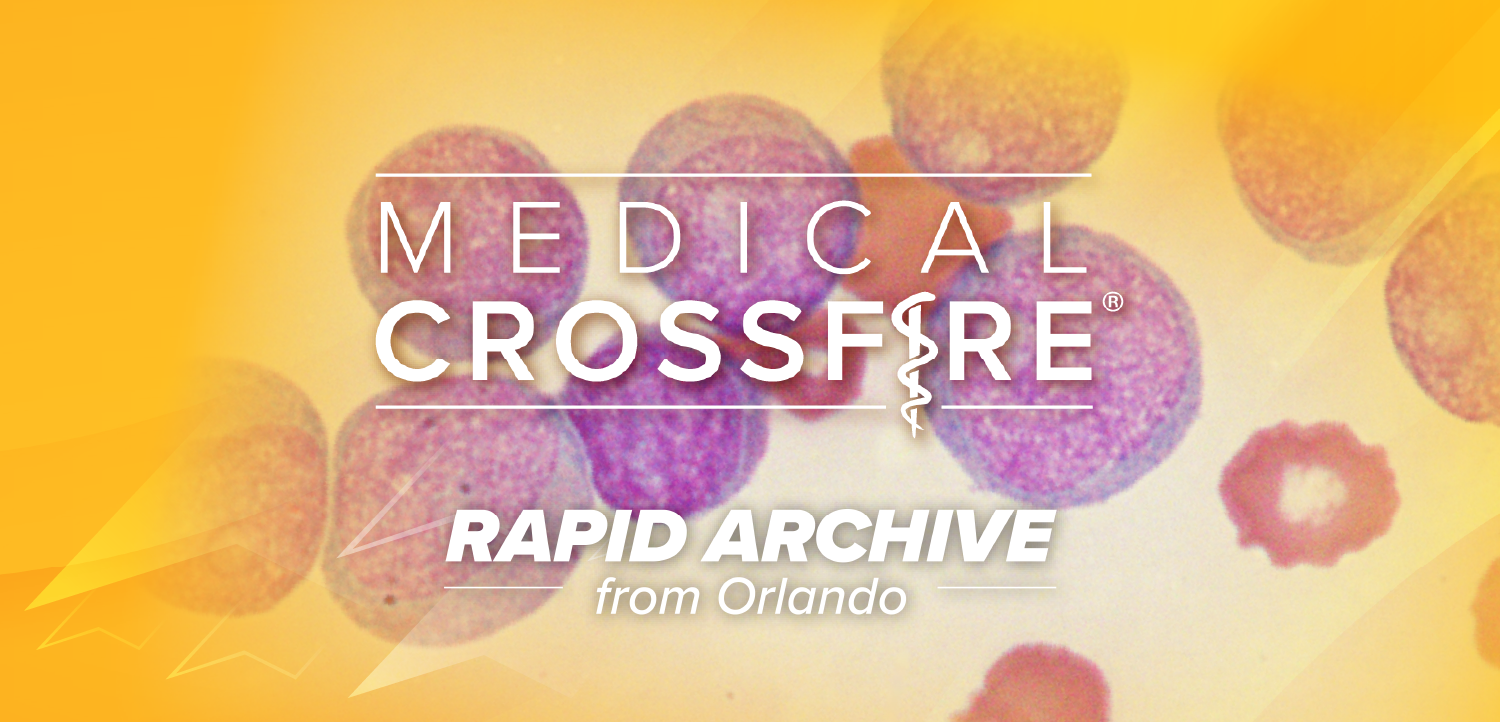
Crinecerfont Reduces GC Dosing, Improves Androstenedione Levels Across Multiple Pediatric Subgroups
Data for GC reduction and improved A4 levels were consistent across subgroups stratified by sex, race, age, BMI, and baseline A4 levels, according to Neurocrine Biosciences.
The subgroup analyses, presented at the 2025 Joint Congress of the European Society for Paediatric Endocrinology and the European Society of Endocrinology, demonstrated that these benefits occurred regardless of demographic characteristics, baseline A4 levels, or baseline GC dose, according to a Neurocrine statement.2
The CAHtalyst Pediatric study enrolled 103 patients aged 4-17 years with classic CAH, and randomly assigned them to receive either crinecerfont (n = 69) or placebo (n = 34) for 28 weeks. The trial measured 2 key outcomes: change in A4 levels at week 4 as the primary endpoint and GC dose reduction at week 28 as a secondary endpoint.1
Results showed that crinecerfont significantly reduced A4 levels from baseline compared with placebo (overall, -6.9 versus +2.5 nmol/L; least-squares mean difference: -9.3 nmol/L; P =.002). Investigators also reported significant reductions from baseline in GC doses with crinecerfont compared with placebo (overall, -18.0% versus +5.6%; LSMD: -23.5%; P <.001).1
The researchers conducted comprehensive subgroup analyses across multiple patient characteristics, including geographic region, sex, race, age, body mass index, pubertal stage, baseline A4 levels, weight, and baseline GC dose. The treatment effects remained consistent across all these subgroups, suggesting broad applicability of the therapy, according to Neurocrine.2
"High-dose steroids are often accompanied by side effects and complications," Eiry W Roberts, MD, Neurocrine chief medical officer said in the statement. "By enabling patients to maintain or improve their androgen levels while reducing their reliance on high-dose glucocorticoids, [crinecerfont] has the potential to meaningfully enhance long-term outcomes."2
CAH results from genetic variants that cause enzyme deficiencies, primarily of 21-hydroxylase deficiency, leading to cortisol deficiency and excess androgen production. The overproduction of androgens like A4 can cause abnormal growth and development, premature puberty, and various developmental challenges in children.3
Traditional treatment has relied solely on GCs, often at supraphysiologic doses, to suppress adrenocorticotropin hormone (ACTH) and reduce androgen production. However, long-term high-dose GC therapy carries risks of significant complications, including metabolic disorders, cardiovascular disease, osteoporosis, and psychological and cognitive impacts.4
By suppressing CRF1 crinecerfont reduces ACTH levels, subsequently reducing adrenal androgen production without directly using GCs. Lower, more physiologic dosing of GCs can then be administered for cortisol replacement.4
The medication was generally well tolerated in the study. The most common adverse reactions (≥4% for crinecerfont and greater than placebo) were headache, abdominal pain, fatigue, nasal congestion, and nosebleed.1
Crinecerfont received
Importantly, patients receiving crinecerfont must continue glucocorticoid therapy for cortisol replacement, as the drug does not address the underlying cortisol deficiency characteristic of CAH.5
The CAHtalyst Phase 3 program represents the largest interventional clinical trial program ever conducted in classic CAH, including 285 pediatric and adult patients. Open-label extension portions of the studies are ongoing.2
References
1. Sarafoglou K, Lodish M, Felner MI, et al for the CAHtalyst Pediatric Trial Investigators. Phase 3 trial of crinecerfont in pediatric congenital hyperplasia. N Engl J Med. 2024;391:493-503. doi:10.1056/NEJMoa2404655
2. Neurocrine Biosciences announces new results from the exploratory analyses of the phase 3 CAHtalyst Pediatric Study demonstrating Crenessity reduces glucocorticoid dosing while maintaining or improving androstenedione across patient subgroups. News release. Neurocrine Biosciences. May 8, 2025. Accessed May 9, 2025. https://neurocrine.gcs-web.com/news-releases/news-release-details/neurocrine-biosciences-announces-new-results-exploratory
3. Halsey G. Congenital adrenal hyperplasia management across the lifespan. Patient Care. September 11, 2024. https://www.patientcareonline.com/view/congenital-adrenal-hyperplasia-management-across-the-lifespan
4. Halsey G. Management of congenital adrenal hyperplasia in adults: challenges with standard of care. Patient Care. Jul 1, 2024. https://www.patientcareonline.com/view/management-of-congenital-adrenal-hyperplasia-in-adults-challenges-with-standard-of-care
5. Crenissity. Prescribing information. Neurocrine Biosciences; 2024. Accessed May 9, 2025. https://pi.neurocrine.com/crenessity/CRENESSITY-Full-US-Prescribing-Information.pdf
Newsletter
Enhance your clinical practice with the Patient Care newsletter, offering the latest evidence-based guidelines, diagnostic insights, and treatment strategies for primary care physicians.












